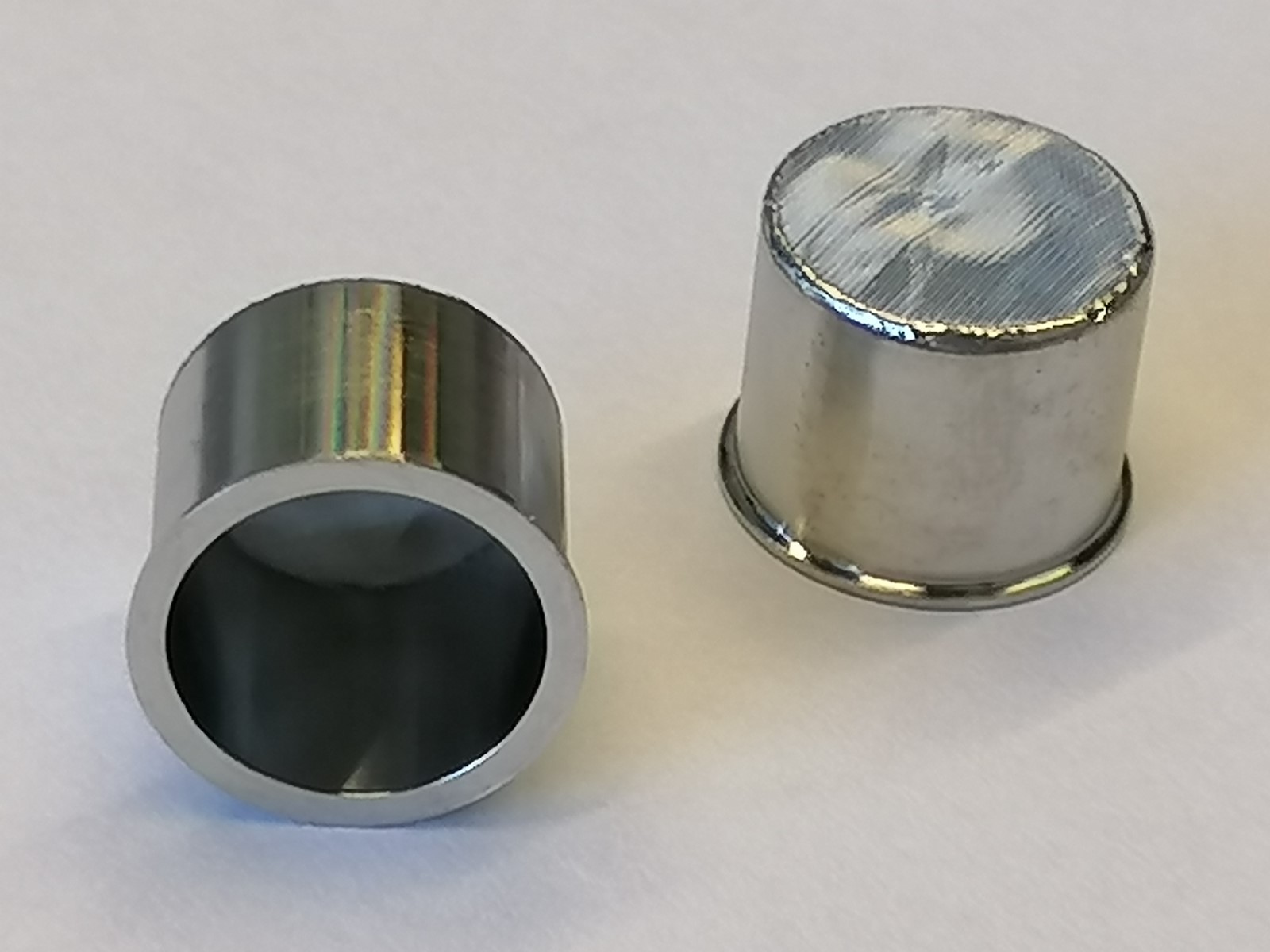2 in 1: Measuring filter crucibles designed as an innovative accessory for microplastic analyses with ThermoDesorption/Extraction-Gasomatography/Mass Spectrometry (TED-GC/MS). The crucible serves as a filtration sieve and, at the same time, as a measuring crucible. A transfer of the filter residue into the measuring crucible is thus no longer necessary.
Microplastic mass contents can be determined by TED-GC/MS. In this process, a representative sample quantity (up to 100 mg) is extracted in the thermobalance under inert conditions of 25 - 600 °C, the resulting decomposition gases are transferred to the GC/MS using a solid-phase absorber, and any polymer-specific decomposition products are detected. Polymer mass contents are determined, providing a basis for monitoring and legal regulations.
So far, samples with very small loads, such as bottled water, drinking water or air filter samples, have been a challenge because the resulting sieve residues are minute. A quantitative and contamination-free transfer of the sample into the measuring crucible of the thermobalance was nearly impossible.
This problem is solved with the new microliter filter crucibles. These offer the possibility of conducting the filtration in the same container in which the measurement takes place. The step of transferring the sample from the filter sieve to the measuring crucible is eliminated. This is the only way a quantitative measurement can be performed.
The crucibles are made entirely of stainless steel, making them reusable and thermally stable even at 600 °C. The filter material is a single-ply mesh with a pore size of 5 µm. They measure approx. 10 mm in height and have a diameter of 13 mm. Filtration can be carried out using a typical laboratory vacuum filtration apparatus, in which the crucibles are inserted with the aid of a small perforated disc (50 mm diameter).
The crucibles were successfully tested on bottled water, drinking water and surface water in the RUSEKU joint project.


